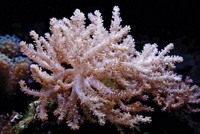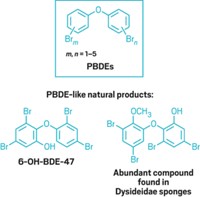Advertisement
Grab your lab coat. Let's get started
Welcome!
Welcome!
Create an account below to get 6 C&EN articles per month, receive newsletters and more - all free.
It seems this is your first time logging in online. Please enter the following information to continue.
As an ACS member you automatically get access to this site. All we need is few more details to create your reading experience.
Not you? Sign in with a different account.
Not you? Sign in with a different account.
ERROR 1
ERROR 1
ERROR 2
ERROR 2
ERROR 2
ERROR 2
ERROR 2
Password and Confirm password must match.
If you have an ACS member number, please enter it here so we can link this account to your membership. (optional)
ERROR 2
ACS values your privacy. By submitting your information, you are gaining access to C&EN and subscribing to our weekly newsletter. We use the information you provide to make your reading experience better, and we will never sell your data to third party members.
Biological Chemistry
Marine Bacteria Make Brominated Aromatics
Chemists identify genes responsible for the biosynthesis of natural polybrominated compounds
by Celia Henry Arnaud
July 7, 2014
| A version of this story appeared in
Volume 92, Issue 27
Polybrominated diphenyl ethers and polybrominated bipyrroles are found naturally throughout the marine food chain. These compounds are of interest because they persist in the environment and are potentially toxic to humans. Until now, no one knew exactly how they were produced. To find the responsible biosynthetic pathway, Bradley S. Moore and coworkers at the University of California, San Diego, cultured two species of marine bacteria known to produce such compounds and sequenced their genomes (Nat. Chem. Biol. 2014, DOI: 10.1038/nchembio.1564). They then identified candidate gene clusters and engineered them into Escherichia coli bacteria. The E. coli, which does not normally produce polybrominated compounds, successfully biosynthesized them, confirming that the genes were correct. The researchers found similar gene clusters in other marine bacteria. They also identified enzymes that produce monomeric bromophenol and bromopyrrole building blocks, as well as a cytochrome P450 enzyme that couples those building blocks into homo- and heterodimers. As synthetic polybrominated compounds continue to be phased out as flame retardants, the UC San Diego researchers suspect there will be increased interest in knowing more about natural polybrominated compounds.





Join the conversation
Contact the reporter
Submit a Letter to the Editor for publication
Engage with us on Twitter